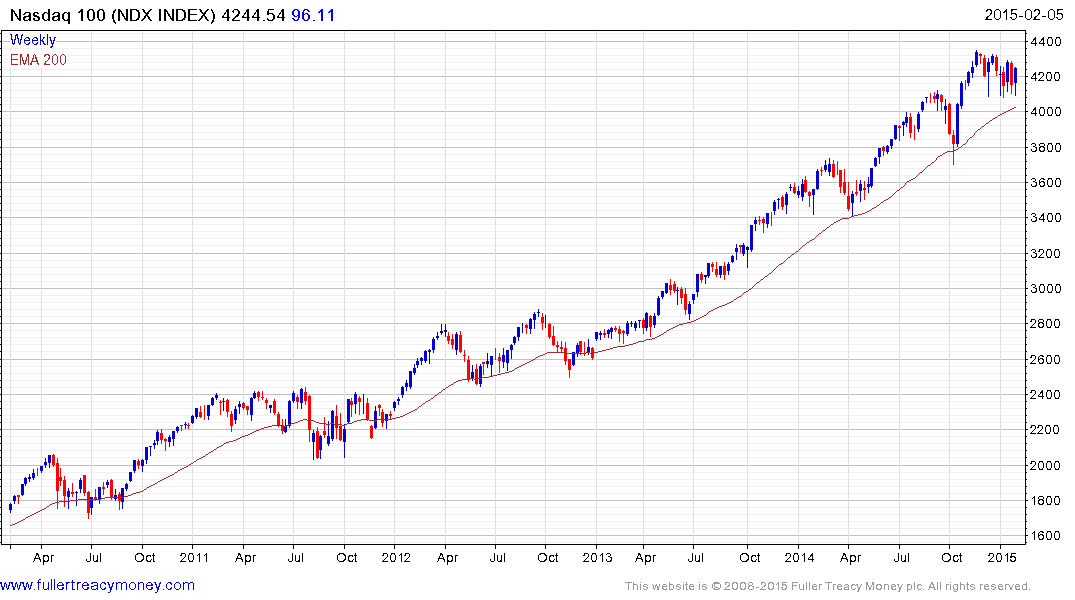American Advanced Industries What They Are, Where They Are, and Why They Matter
I watched a series of panel discussions this morning at the Brookings Institute featuring the CEOs of Siemens, Alcoa, Stanley Black & Decker and Paccar among others. While I do not know if these talks were recorded and will available for viewing later I thought subscribers might be interested in the associated report. Here is a section
In short, the advanced industries sector—defined by its deep investment in R&D and STEM workers—encompasses the nation’s highest-value economic activity. As such, these industries are the country’s best shot at innovative, inclusive, and sustainable growth.
But there is a problem. The future competitiveness of the U.S. advanced industries sector is uncertain. Competitor nations are accelerating their investments in research and development (R&D), STEM workers, and strong regional technology ecosystems just as the U.S. commitment weakens. As a result, recent decades have seen large-scale losses of manufacturing jobs and a growing trade deficit even in advanced technology products. At the same time, the national government remains locked in partisan paralysis when it should be providing a platform for renewal. Going forward, a new alignment of states, cities, and metropolitan areas—and regional networks of public, private, and civic institutions—is going to be needed to transcend Washington’s paralysis and make advanced industry competitiveness a top priority.
And so, at a moment of uncertainty about the sources of U.S. economic renewal, this report urges the nation to double down on the advanced industries sector as one component of future prosperity. The report first explains what the advanced industries are and why they matter. It then explores the size, nature, and geography of the advanced industries sector, with particular attention to its distribution across U.S. metropolitan areas. It describes both the strength of the sector in the United States and a number of challenges that are undercutting its international competitiveness. Finally, the report suggests several priority areas for private- and public-sector work to promote the sector’s growth.
?Ultimately, the main point is simple: A competitive and growing advanced industries sector is prerequisite any future broadly shared prosperity. The nation should place a high priority on revitalizing them.
Here is a link to the full report.
While the above paragraphs sound a cautionary note, listening to the CEOs of major engineering companies can’t but fill one with enthusiasm about the pace of innovation and the beneficial effect this will have on consumers and not just in the USA.
There is little doubt that education needs to focus on encouraging students into more highly skilled jobs. Just about all unskilled manufacturing that could be sent to cheaper labour markets has been. Manufacturing in the 21st century is increasingly about working in conjunction with robots and advanced pieces of machinery and software. This is not new, people have been talking about the need for enhanced technical schooling for a long time but the number of jobs available in these sectors now means that there is a clear progression for graduates to comparatively high paying jobs.
While from a social perspective education is important, the availability of skilled labour within the USA will not impede the companies concerned from achieving their growth ambitions. One of the reasons the Nasdaq-100 remains in a consistent medium-term uptrend is because its constituents continue to prosper despite the challenges they face. The Index has been ranging in a gradual process of mean reversion since late November and continues to find support in the region 4100. A consistent trend is a trend in motion and a sustained move below 4000 would be required to question potential for continued upside.

While there are a number of arguments currently circulating focusing on negative sentiment, it is also worth considering that the S&P is consolidating above the psychological 2000, the Nasdaq-100 above the psychological 4000, the FTSE-100 below the psychological 7000 (for nearly two years) and the DAX has broken through the psychological 10,000 for first time in the last three weeks. These are all natural areas where investors can be expected to think about the future and where indecision would increase. Nevertheless, in absence of major trend inconsistency the upside can continue to be given the benefit of the doubt.


